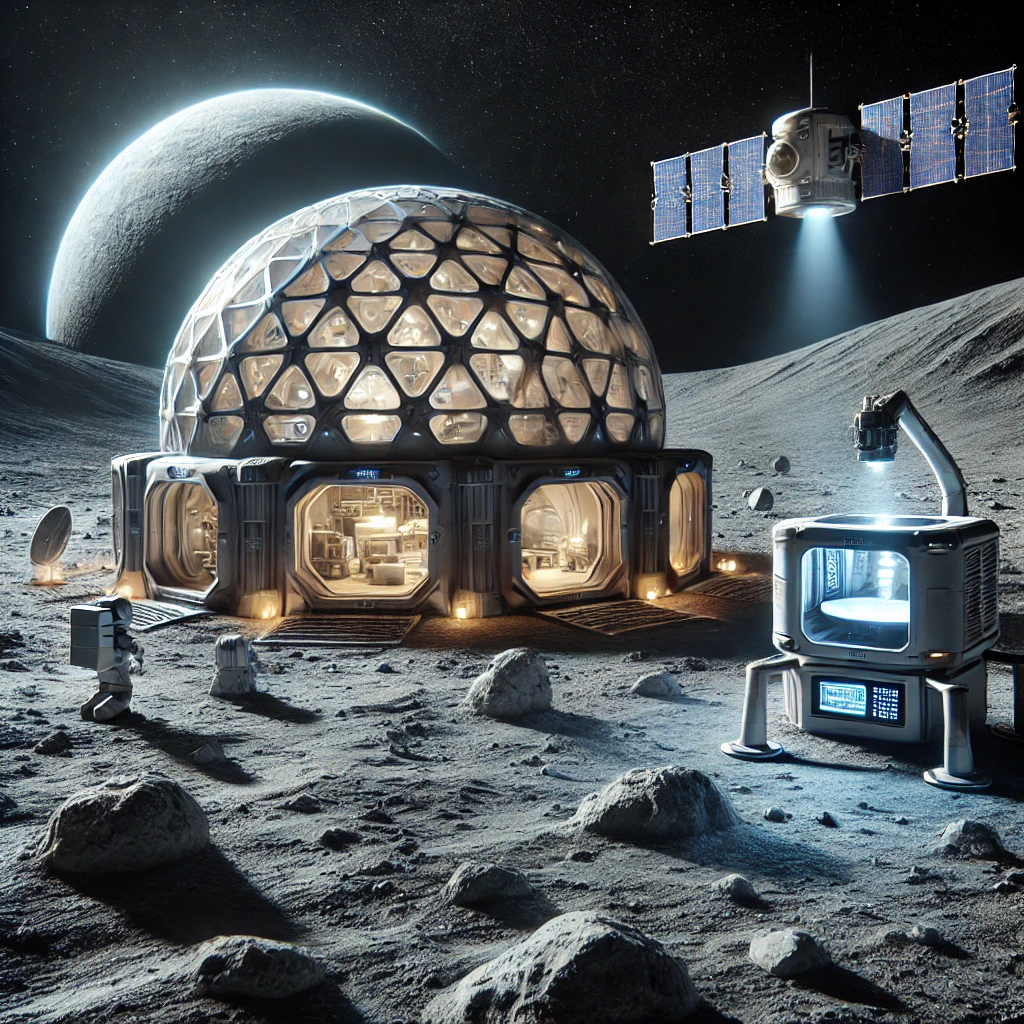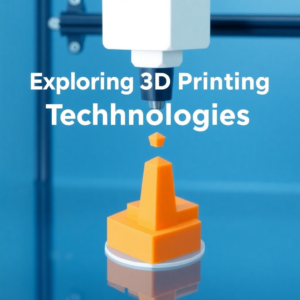NASA Uses 3D Printing to Advance Space Exploration

NASA is leveraging 3D printing technology to manufacture spacecraft components and habitats, reducing costs and improving sustainability in space missions. Learn how.
3D Printing to Advance Space Exploration
NASA has consistently been at the forefront of space exploration, and 3D printing is one of the most revolutionary technologies it has embraced. By incorporating 3D printing into space missions, NASA is driving innovation in spacecraft design, lunar habitat construction, and even medical applications in space. These advancements are paving the way for long-term, sustainable missions to the Moon, Mars, and beyond.
1. 3D Printing in Spacecraft Manufacturing
NASA has been using 3D printing to manufacture essential spacecraft components. This process allows engineers to produce complex parts quickly and efficiently, minimizing costs and speeding up the prototyping phase. In 2024, NASA successfully tested 3D-printed rocket engine parts, which were lighter, more durable, and significantly cheaper than traditionally manufactured components
By utilizing 3D printing on-site in space, NASA can reduce the reliance on Earth-based supply chains. This technology enables astronauts to print tools and replacement parts as needed, reducing delays in critical repair and maintenance work.
2. 3D Printing Lunar and Martian Habitats
One of NASA’s most exciting uses of 3D printing is in building habitats for astronauts on the Moon and Mars. Through the Artemis program, NASA is collaborating with ICON, a construction 3D printing company, to develop methods for 3D printing lunar habitats using local materials, such as lunar regolith. This reduces the need to transport heavy building materials from Earth, dramatically cutting mission costs.
On Mars, 3D printing could play a similar role, allowing astronauts to use Martian soil to build shelters that protect against harsh environmental conditions like radiation and dust storms. These habitats will be vital for long-term missions aimed at exploring and eventually colonizing the Red Planet.

3. Medical Applications of 3D Printing in Space
3D printing’s versatility extends to medical applications in space. Astronauts on long-duration missions will face health challenges that require on-demand solutions. NASA has begun testing 3D printing for medical tools and supplies, allowing for quicker response times to medical emergencies. In the future, bioprinting could also enable the creation of artificial organs or tissues to treat injuries in space.
By having the ability to print medical devices, astronauts can mitigate risks associated with injuries or illnesses that would otherwise require evacuation back to Earth. This capability is especially critical for future missions to Mars, where immediate medical intervention may be necessary due to the extended travel time.
4. Future Prospects for 3D Printing in Space
The potential applications of 3D printing in space are vast. Beyond printing parts and habitats, NASA is exploring the possibility of printing entire spacecraft in space. By manufacturing large structures directly in orbit, NASA could reduce the size and weight restrictions currently imposed by rocket launches.
Moreover, as 3D printing technology continues to advance, NASA aims to integrate artificial intelligence (AI) to automate the production of essential items, such as food, water filters, and clothing, during space missions. These innovations will reduce dependence on Earth-based resources and make long-duration space travel more feasible.
NASA’s use of 3D printing is reshaping the future of space exploration. From spacecraft components and habitats to medical supplies and beyond, 3D printing allows for greater efficiency, reduced costs, and enhanced sustainability. As this technology evolves, the prospect of establishing long-term human settlements on the Moon and Mars is no longer a distant dream but a tangible reality.
To dive deeper into NASA’s latest advancements in 3D printing, visit NASA’s official updates and explore additional industry insights on 3D Printing Industry.



